- Joined
- 29 January 2006
- Posts
- 7,222
- Reactions
- 4,452

I had posted some charts in another copper thread, but here's today's picture:
View attachment 123393
The original thread at the other place was "Copper Charts" from memory and I believe Joe later chopped off "charts" from the title.A case for one copper thread... concurrent threads is not good for the heads.
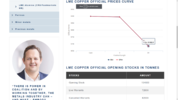
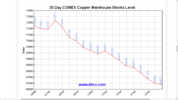

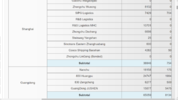
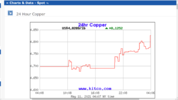
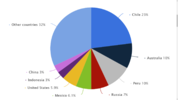

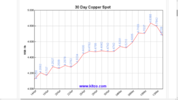
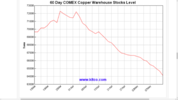
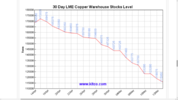
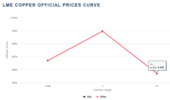


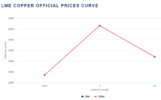
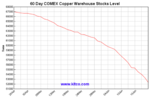 and Shanghai:
and Shanghai:
“Today, the world consumes 30 million tonnes of copper per year and by the year 2050, following this trajectory, we’ve got to produce 60 million tonnes of copper per year,” he said.
“If you look at the historical past 10 years, we’ve only added 500,000 tonnes per year … Do we have the projects? I don’t think so. I think it will be extremely difficult,” according to Reuters.

But we are not in a period that could be called "traditional".So, I think you'll find supply has traditionally kept pace,
Hello and welcome to Aussie Stock Forums!
To gain full access you must register. Registration is free and takes only a few seconds to complete.
Already a member? Log in here.